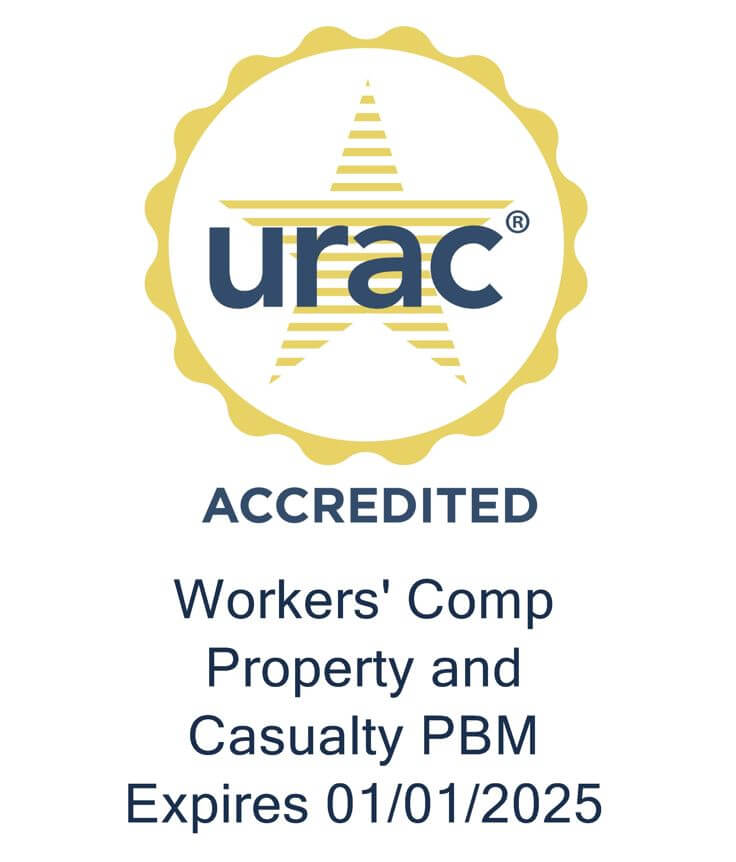The Centers for Disease Control and Prevention (CDC) published a new blog post that looks at how psychosocial hazards impact the construction industry.
As an industry involving strenuous manual labor with hazardous situations and heavy machinery, construction has one of the highest levels of workplace injuries in the workforce, and understanding what additional, controllable factors can contribute to workplace injury is of key importance.
Psychosocial factors include the social, organizational, and managerial features of a job that affect the worker’s feelings, attitudes, behaviors, and physiology. Research shows that working conditions such as high demands, low control over work tasks, lack of support from a supervisor or coworkers, and job dissatisfaction can cause adverse health effects. This can include:
- Heightened stress
- Poor safety outcomes such as higher injury rates more frequent incidents
- Greater risk for cardiovascular disease
- Higher susceptibility to musculoskeletal disorders
- Sleep disorders
- Gastrointestinal issues
A significant concern to note here would be the higher susceptibility for musculoskeletal disorders (MSDs), as manual lifting and material handling, repetitive motions, vibrations, frequent heavy exertion, and variable working conditions can contribute to MSDs.
While MSDs are the outcomes from physical exposures of construction work, extensive literature has shown that low job satisfaction, high perceived job stress and unrealistic job goals or expectations, and perceived lack of control over the work environment resulted in greater lower back and neck or shoulder pain among construction workers.
As MSDs contribute to one in five non-fatal injuries in the construction industry, mitigating psychosocial factors to help reduce the frequency or severity of MSDs could help to reduce or lessen the impact of certain workplace injuries within the construction industry.
Additionally, there is growing evidence that workplace psychosocial factors in the construction industry may contribute to mental health disorders, suicidal ideation, and harmful substance use among construction workers.
This last note is particularly troublesome for workers’ comp claims, where opioid pain medications or other high-risk prescription drugs may be prescribed, which come with inherent risks that are increased significantly in the presence of mental health concerns and substance abuse.
According to separate research from the Substance Abuse and Mental Health Services Administration (SAMHSA) construction industry, the construction industry had the second highest rate of heavy alcohol use at 16.5% of the workforce.
Psychosocial factors can increase the complexity of any workers’ comp claim, but this data is helpful in understanding the unique and elevated risks impacting this particular worker population.






